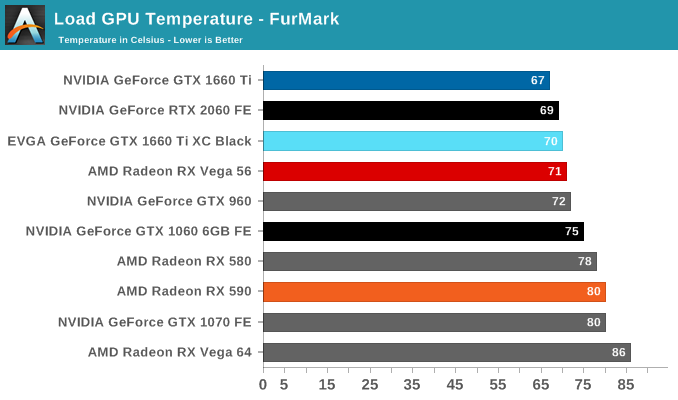

What's even better is the claim that "any miner worth their salt keeps temps MUCH lower than this." Really? And how do you know what temperature your GDDR6X memory is running at? Since the other GPU monitoring utilities don't report GDDR6X thermals AFAIK. Unless you're modding the cards to improve cooling, or voltage modding, I'm not seeing how you get significantly higher performance than what I measured (100 MH/s on 3090) while keeping GDDR6X temperatures below 100C, never mind 110C. I did some testing, playing with clocks, fan speeds, and power limits. Can easily hit 120 hashrate on 3090 without compromising temps.I'm gonna call bunk on this one. Can't mine on stock settings and expect to get the best results. Ive got some 3090 cards mining, and if your memory temps are anywhere near that high you are doing it wrong. Well, article writer might want do some research on that one.Īnd any miner worth their salt keeps temps MUCH lower than this. Added monitoring of GDDR6X Memory Junction Temperature on NVIDIA RTX 30-series.Ĭlarence_Darrow said:"We also don't know exactly what "GDDR6X Memory Junction Temperature" means ".Enhanced sensor monitoring on some ASRock Z590, H570 and B560 series.Added fan speed monitoring on some MSI notebooks.Added monitoring of Aquacomputer farbwerk 360 and highflow NEXT.Enhanced sensor monitoring on GIGABYTE Z590, B560, H570, Q570 and H510 series.Enhanced sensor monitoring on MSI Z590 and B560 series.
#Gtx temperature monitor serial number

Presumably it's the hottest part of any of the GDDR6X chips, measured internally. We also don't know exactly what "GDDR6X Memory Junction Temperature" means, as far as the other GDDR6X chips are concerned. We don't have precise answers as to why Nvidia is allowing the GDDR6X chips to hit these temperatures. 24/7 mining on the other hand with memory running at 100-110C seems like the sort of thing that could cause premature card failure. For gaming, with the GDDR6X running at 100C or lower, that appears to be within tolerance from Nvidia's perspective.

These high junction temperatures do give us some cause for concern, but it's not clear how they'll affect the cards long term.


 0 kommentar(er)
0 kommentar(er)
